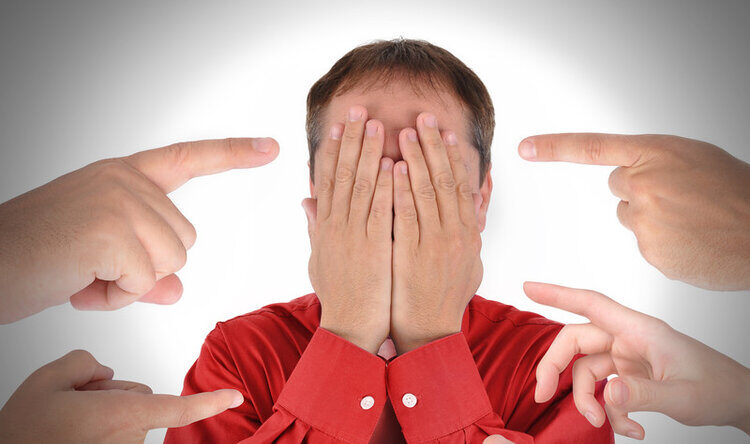If we experience symptoms of trauma reactivity, it, at times, may lead to Shame. Shame, in turn, may interfere with our ability to seek or accept help or to come to terms with our experiences. Shame is to be dealt with if we are to heal from trauma. For this, let us take a closer look into understanding Shame:
Those with Shame, particularly Shame associated with trauma, tend to have a view of Self, characterized by the following:
-
Despising
-
Contempt for Self
-
Self-repugnance
-
Detest of Self
-
Self-hate
-
Self-loathing.
-
Self-abhorrence
They also view life as miserable; their predominant emotional state is characterized by humiliation, and they tend to react to every situation through such a state. Lastly, their life mechanism is predominantly one of elimination, either of themselves or of others. Those with Shame, therefore, do what it takes to run away from life, including from relationships with themselves or others.
As you can see, while you do have to do a thorough screening to uncover Shame in your patients with trauma, once uncovered, it is not so easy to deal with. But, the more you know how to recognize the subtle signs, the better. Here is a list of what to be paying attention to:
-
Death proximation
-
Possible suicide attempt with high risk for completed suicide
-
Failure to take steps to prolong life
-
Death by avoidable accident
-
Wish to be invisible
-
Early life experiences are remembered as the reasons for Shame
-
Destruction of emotional and psychological health
-
Proneness to hallucinations of an accusatory nature
-
Proneness to paranoia, or other forms of psychosis
-
Low self-esteem
-
Proneness to physical and mental health conditions
-
Shame-based personality: Shy, withdrawn, and introverted
-
Dangerous behaviors
-
Compensatory perfection and rigidity
-
Driven and intolerant
-
Vulnerability to other negative emotions (False Pride; Anger; Guilt)
Seek to address Guilt before addressing the trauma. Otherwise, the patient may unconsciously prefer to take the sick role simply because of Guilt. Guilt is meaning-based and goes away with a change of meaning. Helping your patients using the CBT techniques of meaning remaking can be a powerful way to serve them. The following points also come along with Guilt:
-
Variety of expressions
-
Remorse
-
Self-recrimination
-
Masochism
-
Victimhood
-
Unconsciousness
-
Psychosomatic disease
-
Accident proneness
-
Suicidal behaviors
-
Escape
-
Denial
-
Preoccupations with wrongdoing
-
Associated emotions, including rage
What if we experience Apathy? Apathy is a sense of hopelessness and helplessness, both of which compound the symptoms of trauma. Patients may not be unwilling to try due to the belief that it is not worth it; it is not going to work out; and that nothing is going to work out.
-
Those with Apathy and trauma condemn themselves. They have a view of themselves as being condemned or sentenced. They, therefore, view life as being hopeless. They see everything through the lens of despair, which is also their predominant emotional state. As such, they are more likely to give up on life, not knowing they are the only ones condemning themselves.
As you may suspect, despair is unconscious, and the following may help us identify and address it, so we can then help our patients heal from their trauma, once and for all. Below is a list of the manifestations of despair:
-
Poverty
-
Despair
-
Hopelessness
-
Bleak looking future
-
Pathos
-
Helplessness
-
Victimhood
-
Neediness
-
Resourcelessness
-
Passive suicide
-
Lack of will to live
-
Blank stare
-
Unresponsiveness
-
Low energy
-
Isolation
-
Dependence
-
Heaviness
-
Burden
There is Shame, there is Guilt, there is Apathy, and there are also many additional levels of Consciousness. However, the above three can be the most severe to treat, and subsequent articles on the other levels will follow.
Are you ready to learn more and master the new strategies to working with those with trauma? If so, click here to register for our upcoming 6 CEU full-day webinar on trauma.
We look forward to seeing you then.
Karen and Mardoche

